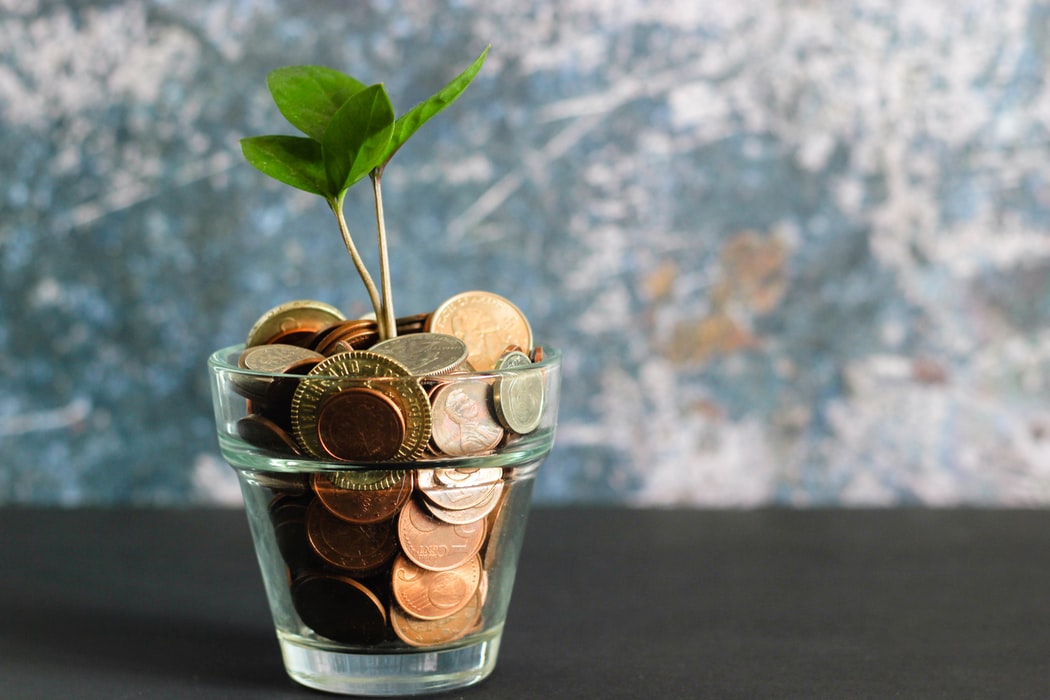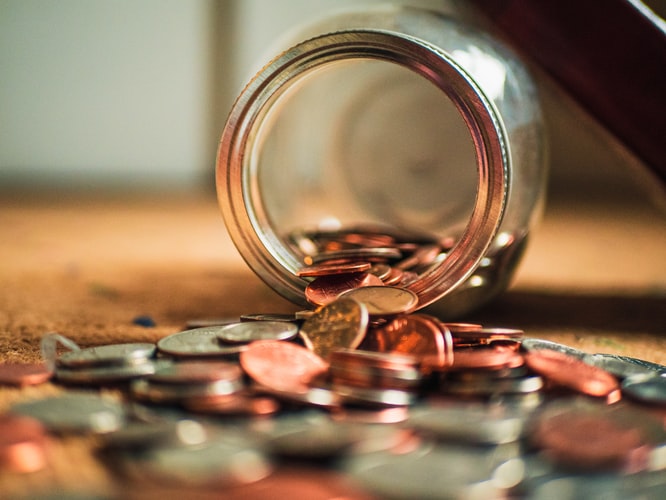
Get ready for the Statutory Payments increasing in 2025
Each year statutory payments, employment rates and limits increase, this occurs in April each year, all in all the rises
With the wash of green, gold, and red, it can be easy to forget that December is not just for Christmas. Many, many people in the UK celebrate religious holidays in December, from Chanukah to Diwali to Yule. We thought we’d cover a few of the other holidays around this time and explain where they came from.
It also benefits a business-owner to be familiar with other religious holidays in December – and in other parts of the year. In the UK, our calendars are built around the Christian calendar – no-one is at risk of scheduling a meeting on Christmas! But the same is not said of other cultures, with a common complaint in Jewish circles being that businesses sometimes schedule important meetings on the most holy days in the Jewish calendar. Perhaps even more topically, Boris Johnson has made a concerted effort to avoid ‘cancelling Christmas’. Meanwhile, a lockdown hit the day before Eid celebrations, forcing many dismayed Muslims to cancel one of their most joyous celebrations of the year on almost no notice.
Whilst a business owner has no obligation to honour the religious holidays of other cultures, it looks insensitive not to, and having uneven policies in regard to religious holidays does open businesses up to the risk of religious discrimination tribunals.
If you’re a subscriber to our newsletter, this article may seem familiar- and that’s because we cut the original version of this article to fit into everything else we wanted to get in! We thought, as a little Holiday gift from us to you, that we would give you the full article in all of its glory. If you’d like to receive extra newsbeats and information in your inbox, consider subscribing to our newsletter before the next one?
You might see this written a little differently depending on who’s writing the word, and the reason can be quite interesting – in the Hebew abjad script, it is spelled חֲנוּכָּה. But many people transliterate – that is, spell Hebrew words in the English alphabet – in many different ways.
For example, the first letter of חֲנוּכָּה is ח, called chet, and is pronounced like the ch in the word loch. It’s called a voiceless velar fricative by linguists, and it’s a sound made in the back of the throat by pressing the tongue against the soft palate. That sound doesn’t have its own symbol in English, because it only appears in loan words like loch, so we need to make a decision about how to write it. Someone using the International Phonetic Alphabet might us the character X, because that’s the symbol linguists use (Xanukah). For someone used to the word loch, they might choose to transliterate it as ch (Chanukah). Meanwhile, for people who struggle to tell the difference between the sound of chet and a h, they might transliterate it as H (Hanukah).
However you spell it, it celebrates the rededication of the Temple in Jeruselem at the beginning of the Maccabean Revolt. The Maccabean Revolt was against the Seleucid Empire, a Greek state during the Hellenistic Greek period of history between 312 BC and 63 BC, founded by Alexander the Great.
The Maccabean Revolt sought to push Hellenistic traditions and influence out of Jewish life, centred around Jerusalem and the Second Temple. According to the Talmud, after the Jewish people reclaimed the Second Temple, it was ritualistically purified by burning olive oil in the menorah. However, the Maccabean Jews couldn’t find much oil – just one tiny jar, sealed, barely enough within for a day. However, miraculously, the oil burned into the second day – and the third, and fourth, and fifth, right up until the eight day when more oil could be sourced.
To celebrate, Jewish people light chanukiah – special menorahs with eight small candles, and a larger candle called a shammash. The shammash is used to light the other candles over eight days. On the first, a single candle is lit – then the second, two, and so forth. As oil was an important part of the original Maccabean story, it’s also common to eat fried foods. The most well-known is latkes (pronounced lat-kas), but also common are sufganiyot, which are jam or jelly-filled donuts. Other popular Jewish foods are Safanj (an Arabic style donut), fritas de prasa (Spanish potato fritter made with leeks), gulab jamun (Indian deep-fried milk dough balls), and fried chicken (an Italian Jewish favourite). You may also be familiar with dreidel, a Jewish spinning-top betting game with chocolate coins known as gelt.
The word ‘Bodhi’ in Sanskrit translates to ‘Enlightenment’, which should be a massive clue as to what Bodhi day is about. Bodhi day celebrates the enlightenment of the Buddha in certain branches of Buddhism and is celebrated on December 8th every year.
Bodhi Day is not celebrated by all Buddhists. Bodhi Day is celebrated by Mahāyāna Buddhists, which is based principally on the path of a Bodhisattva, or person striving to attain Buddha-hood. Mahāyāna Buddhists refer to anyone who has generated a bodhicitta – a spontaneous thought and compassionate mind to attain Buddhahood – as Bodhisattva. Mahāyāna Buddhism developed in India, and stands now as one of the two main branches of Buddhism (the other being Theravāda).
Bodhi day has other names, specifically in Japanese and Chinese. In Japanese Zen, it is known as Rōhatsu; Tendai Japanese Buddhists call it Shaka-Jōdō-e or just Jōdō-e; Chinese Buddhists call it Laba.
It is the day Siddhārtha Gautama, the Lord Bhudda, experienced enlightenment. Though his exact story varies, this is the general gist of the Buddha’s story. He was born into an aristocratic family in modern-day Nepal. His father had sheltered him from religious teachings and human suffering, hoping he would become a great king – however, Siddhārtha Gautama left the palace to see the outside world, against his father’s wishes. He came across “four sights” that shocked him and introduced him to human suffering; an old man, a diseased man, a corpse, and an ascetic.
Following these experiences, he left the palace and became an ascetic himself, hoping to find the end of human suffering. Later, he gave up his ascetic lifestyle after being seen as indulgent and undisciplined for accepting milk and rice pudding from a girl. He sat down beneath a pipal tree, determined not to move until he had a full awakening. The success of this decision, following three long days of meditation, is what is celebrated on Bodhi day. As he sat, he meditated on the root of all suffering, and on how to liberate oneself from that suffering, and achieved enlightenment.
Bodhi day is celebrated differently amongst the various Buddhist sects of the Mahāyāna path, and so do the traditions of the services held on Bodhi day. Individuals might meditate; study the Dharma; chant sutras; and carry out acts of kindness and charity. Others celebrate the day with readings and a traditional meal of tea and cake.
Diwali is earlier in the year and is not technically one of the religious holidays in December – it appears late November – but given how early Christmas celebrations can start, we thought we’d mention it. The holiday is a very multi-cultural one, originally Hindu but celebrated by Hindus, Jains, Sikhs and even some Buddhists – it is an especially important cultural event for the diaspora of these groups. We will discuss it in the context of Hinduism, but we want to stress it is not a Hindu-only celebration. Jainism, Sikhism and Buddhism all have important links to Diwali, but it would make this post a good deal longer to explain how each individual religion celebrates Diwali. All you need to know, if you don’t know a great deal about Diwali, is this is a simplified explanation of one religion’s version of the holiday and does not accurately describe its complexities elsewhere.
The significance of Diwali varies even within Hinduism itself, the holiday being connected with multiple avatars of Vishnu and Vishnu themselves, and other heroes of Hindu epics, such as Seeta, the female protagonist of the epic Ramayana. Primarily, however, Diwali celebrates Lakshmi. Laksmi is the goddess of wealth, fortune, power, beauty, and prosperity. According to some sources, the first day of Diwali is the day Lakshmi was born from the churning of the cosmic ocean of milk; in others, Diwali is when she chose to wed Vishnu. She is not, however, the only god or goddess honoured at Diwali, and we could spend multiple paragraphs discussing the rich history and mythology around Diwali.
Diwali is an incredibly colourful and bright festival, even as the third day falls upon the darkest night of the lunar month. Households create colourful rangoli – colourful patterns made with materials like powdered stone, rice flour, or quartz powder. They represent happiness, positivity and liveliness, and are intended to welcome Lakshmi into the household. Most familiar to non-Hindu might be the circular designs, but they can depict many things, like deities, flowers and petals. The Hindi contributors to Wikipedia have even made rangoli in the shape of Wikipedia’s logo! They also decorate their homes with long, colourful strips of fabric called jhalar, and the teardrop-shaped diya oil lamps.
Every day has its own unique rituals and traditions – whether it be cleaning and lighting oil lamps on the first, buying festival foods and exchanging gifts on the second, lighting lamps and fireworks on the third, feasting and playing games, and honouring the family – it would be another article entirely to cover every day of Diwali and the kinds of traditions held on each day.
There are many religious holidays in December that aren’t Christmas, who don’t get to experience the same limelight that Christmas does. We’ve only covered three here, but there are many more, and there are more that could potentially fall in December due to lunar or lunisolar calendars.

Each year statutory payments, employment rates and limits increase, this occurs in April each year, all in all the rises

This year as an Employer you need to be aware the potential for a shortfall in annual leave entitlement for

What should you do when someone resigns??, a quandary that perhaps you have faced, are facing, or will do in

Company No 11992982
You get no hidden fees, just one low monthly fee based on how many Employees you have. You have no long Contract terms, guaranteed.
Made by Pixelmate
